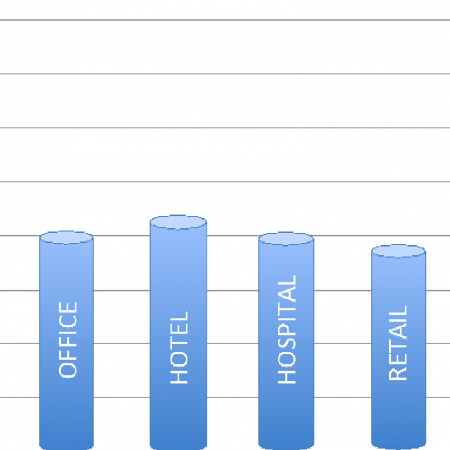
Our experience helping strata protect the value of their buildings shows that residential multi-units tend to have a much longer life expectancy than other types of buildings, about the same lifespan as humans.
This similar longevity invites an interesting comparison between humans and buildings. It helps to start with good genes, a quality construction and design. But past this initial step prevention and maintenance make all the difference.
A few years ago author Chris Crowley wrote the best seller Younger Next Year. He challenged the thinking that human aging meant a slow decline in health and ability to function as the image on the left illustrates. Instead he proposed that good health doesn’t need to decline much over time and that we can stay healthy till very close to the end of our life.
The difference comes from proper care of our health with regular check-ups advising us as to what we need to change or improve.
It’s very similar when it comes to your strata building. We do the regular visual check ups and look under the skin of your building using our infra-red tools. Like your Doctor we provide an assessment and a plan of action with scheduled follow-up.
What we do, that your Doctor can’t do, is provide a very specific schedule for maintenance and replacement of the parts of your building that age to keep it in top shape until the end of its useful life. We do our best to make all this clear with graphs, detailed reports, and additional information that we share with your strata council.